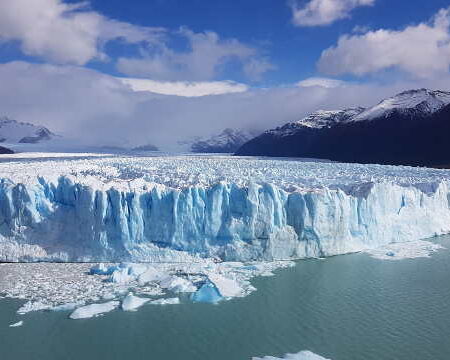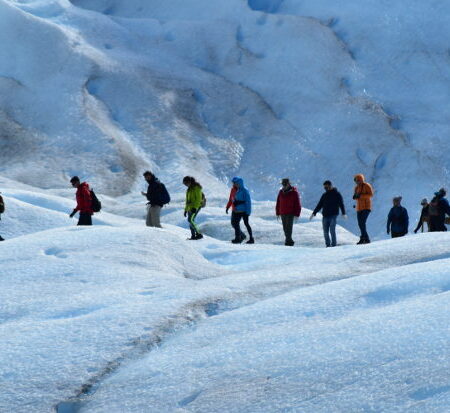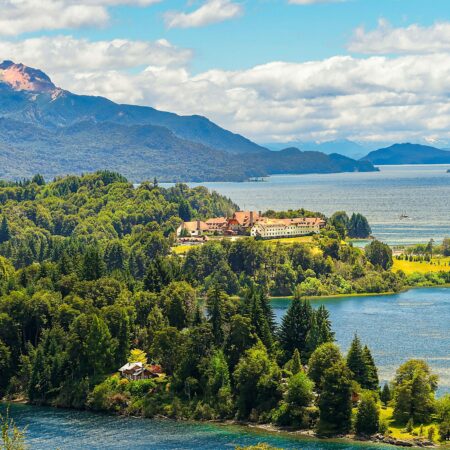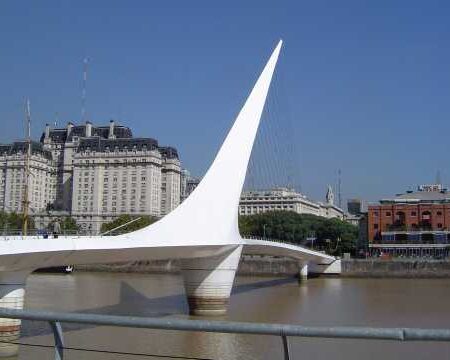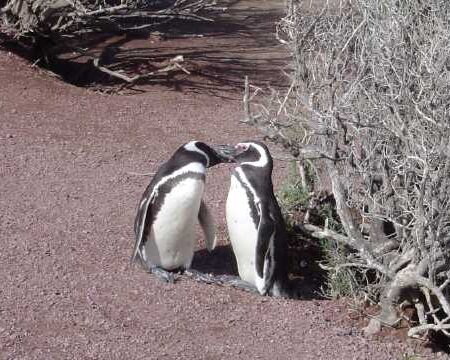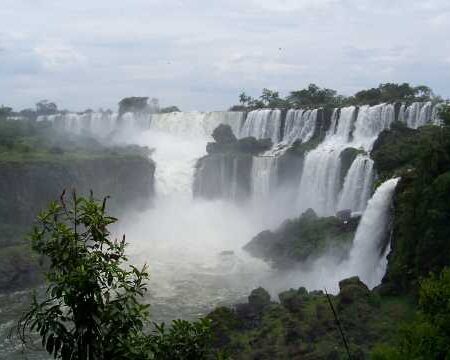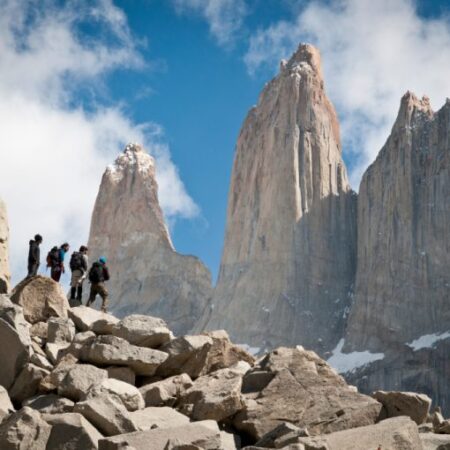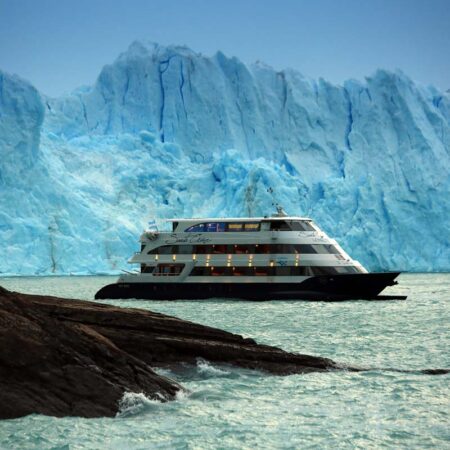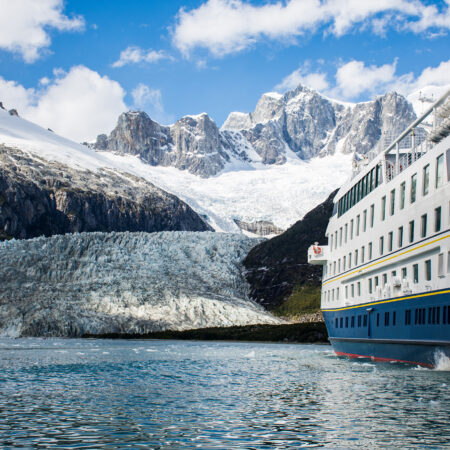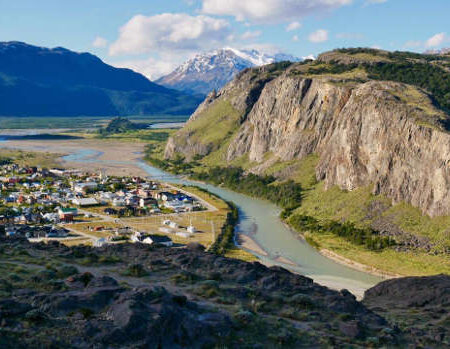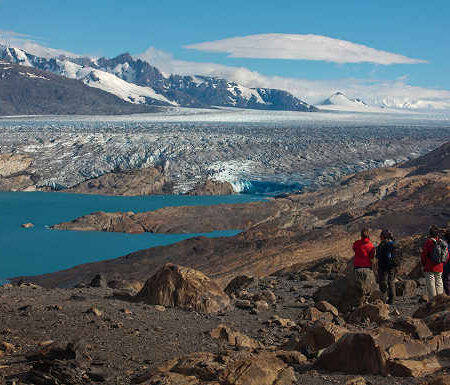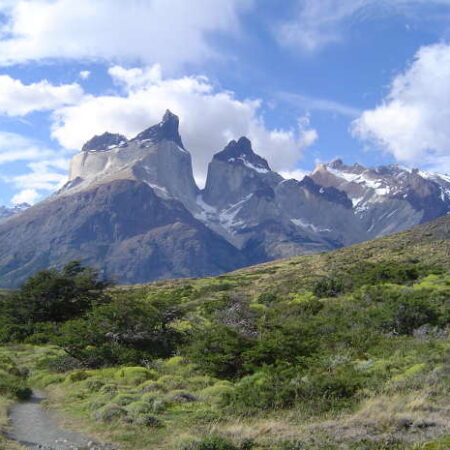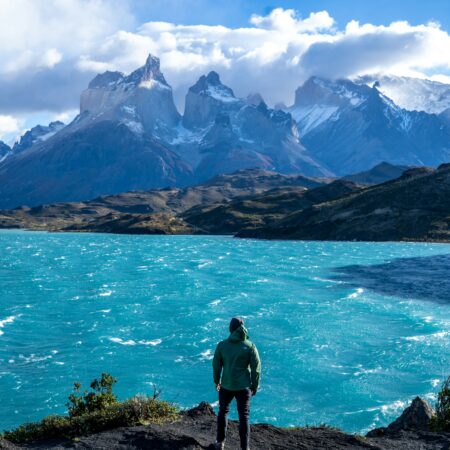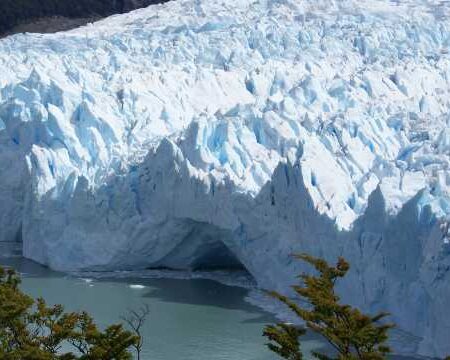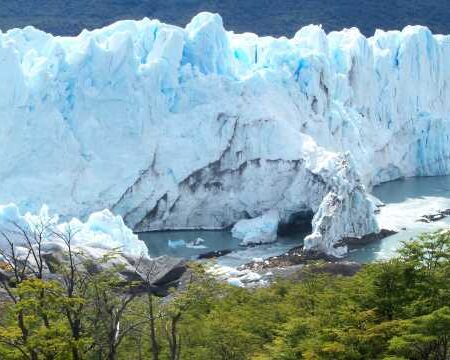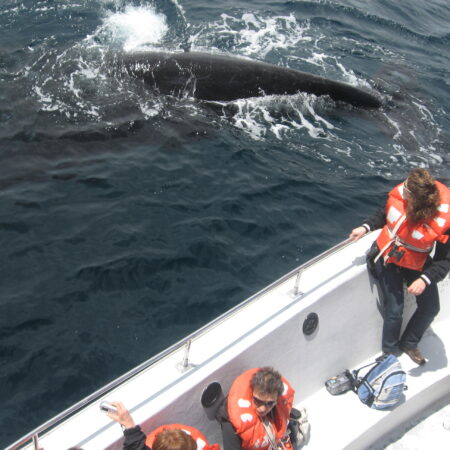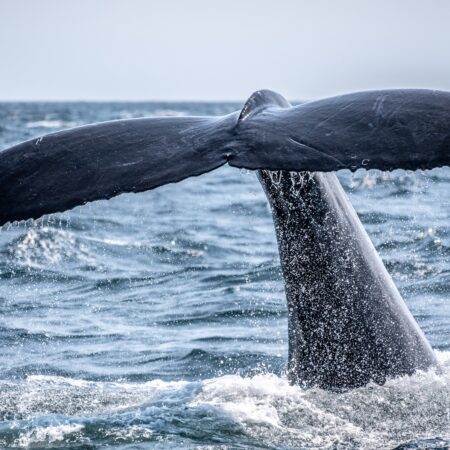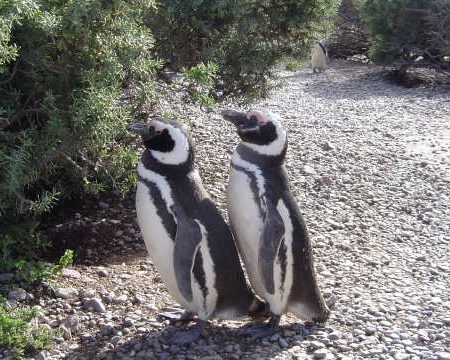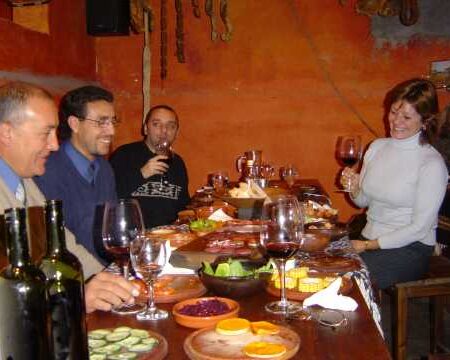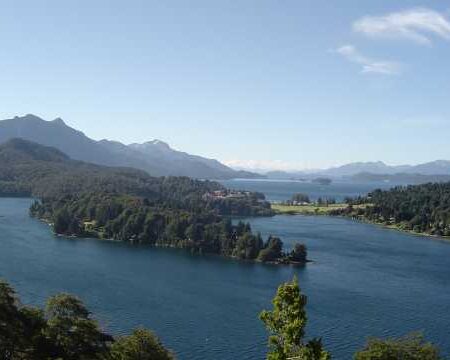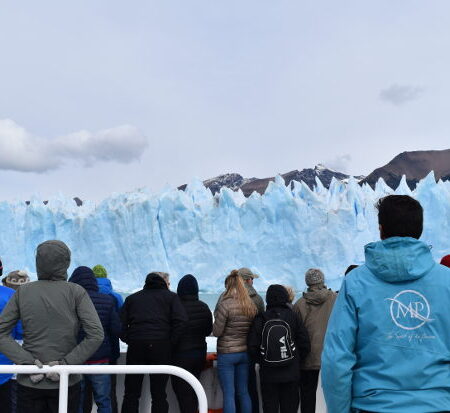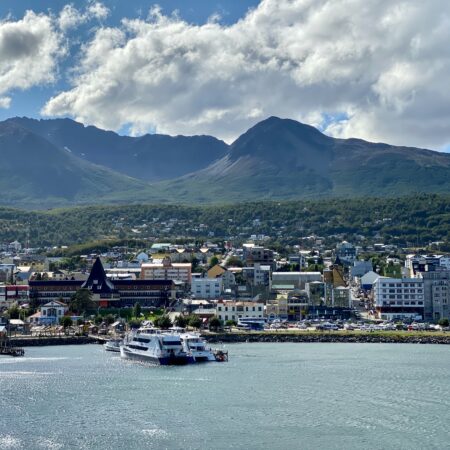Seldom has the term shire defined a territory so precisely. On both sides of the Negro River, Viedma and Carmen de Patagones form a unique urban area, bound by more than two centuries of shared history. The river, majestic and serene, is the axis of this geography that combines river life with the proximity of the Atlantic Ocean.
An identity forged together
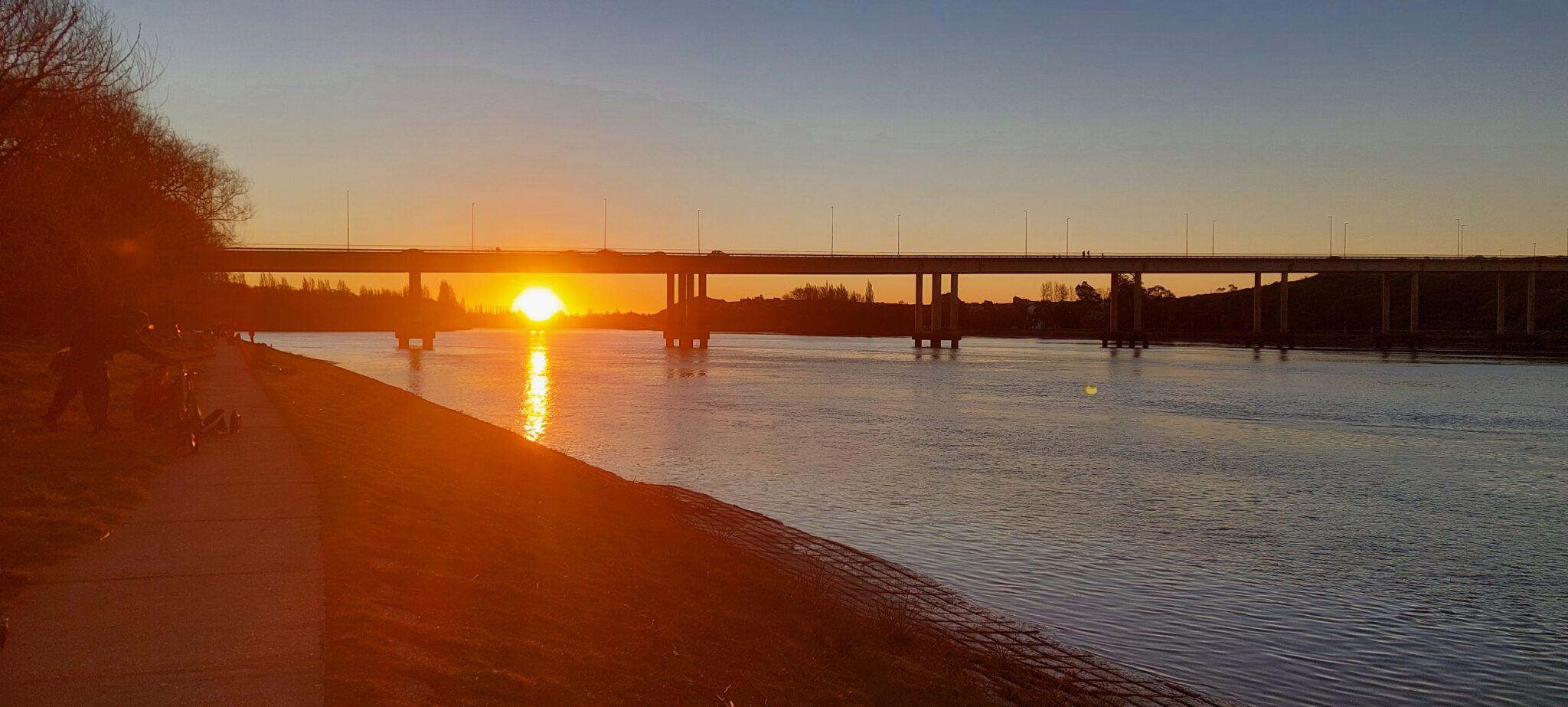 Founded on April 22, 1779, the two cities have grown in parallel, today connected by two bridges and a ferry service that reinforces the daily relationship between both shores. Together they exceed 100,000 inhabitants, forming an urban nucleus binational in spirit and memory.
Founded on April 22, 1779, the two cities have grown in parallel, today connected by two bridges and a ferry service that reinforces the daily relationship between both shores. Together they exceed 100,000 inhabitants, forming an urban nucleus binational in spirit and memory.
The Negro River as a vital center
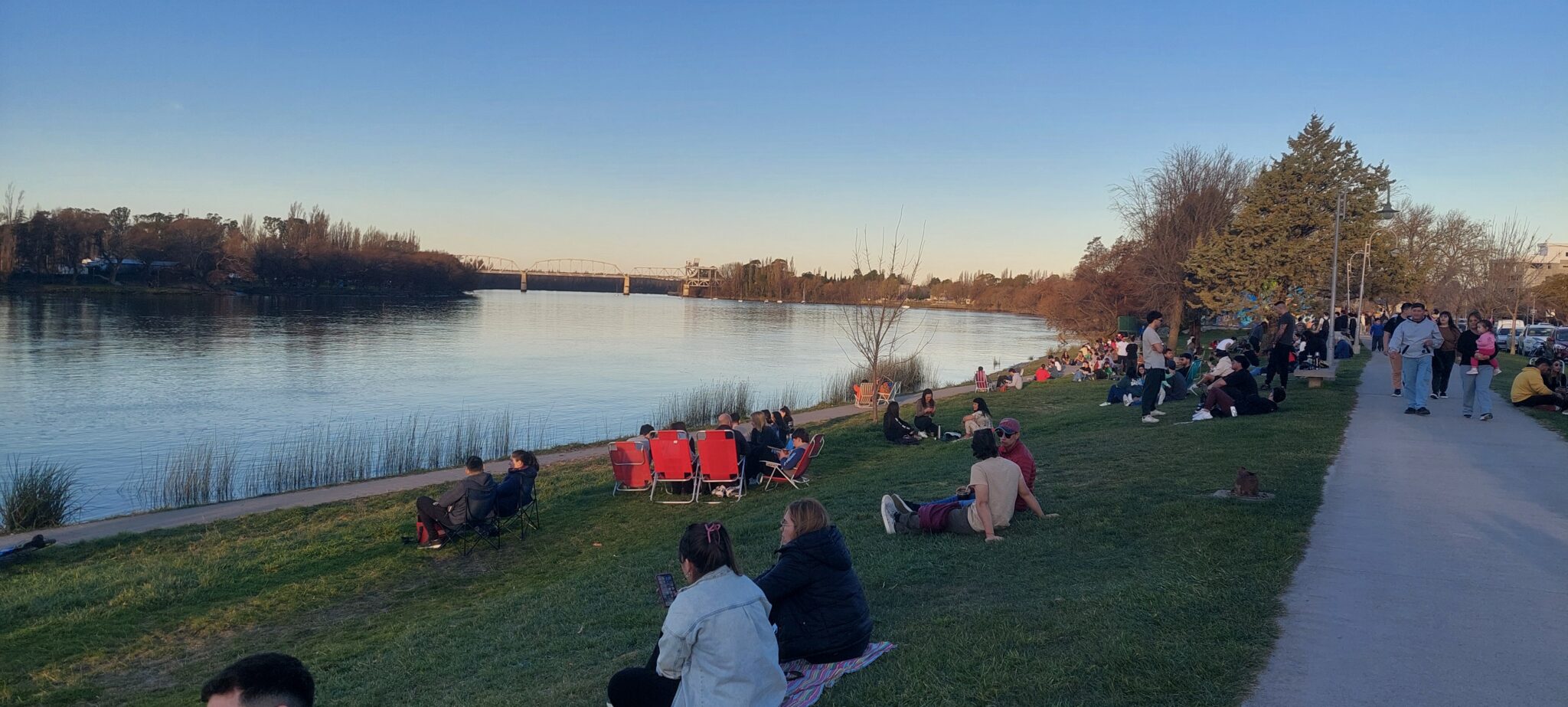 The course of the Negro River shapes life in Viedma. A riverside promenade of more than five kilometers follows its flow, where each summer two of the region’s most significant events are held: the Río Negro Regatta in January and the National River Festival in February. The influence of the tides forms calm-water resorts, suitable for practicing water sports such as kayaking or light sailing, while also serving as a refuge for local flora and fauna species.
The course of the Negro River shapes life in Viedma. A riverside promenade of more than five kilometers follows its flow, where each summer two of the region’s most significant events are held: the Río Negro Regatta in January and the National River Festival in February. The influence of the tides forms calm-water resorts, suitable for practicing water sports such as kayaking or light sailing, while also serving as a refuge for local flora and fauna species.
Vestiges of a resilient past
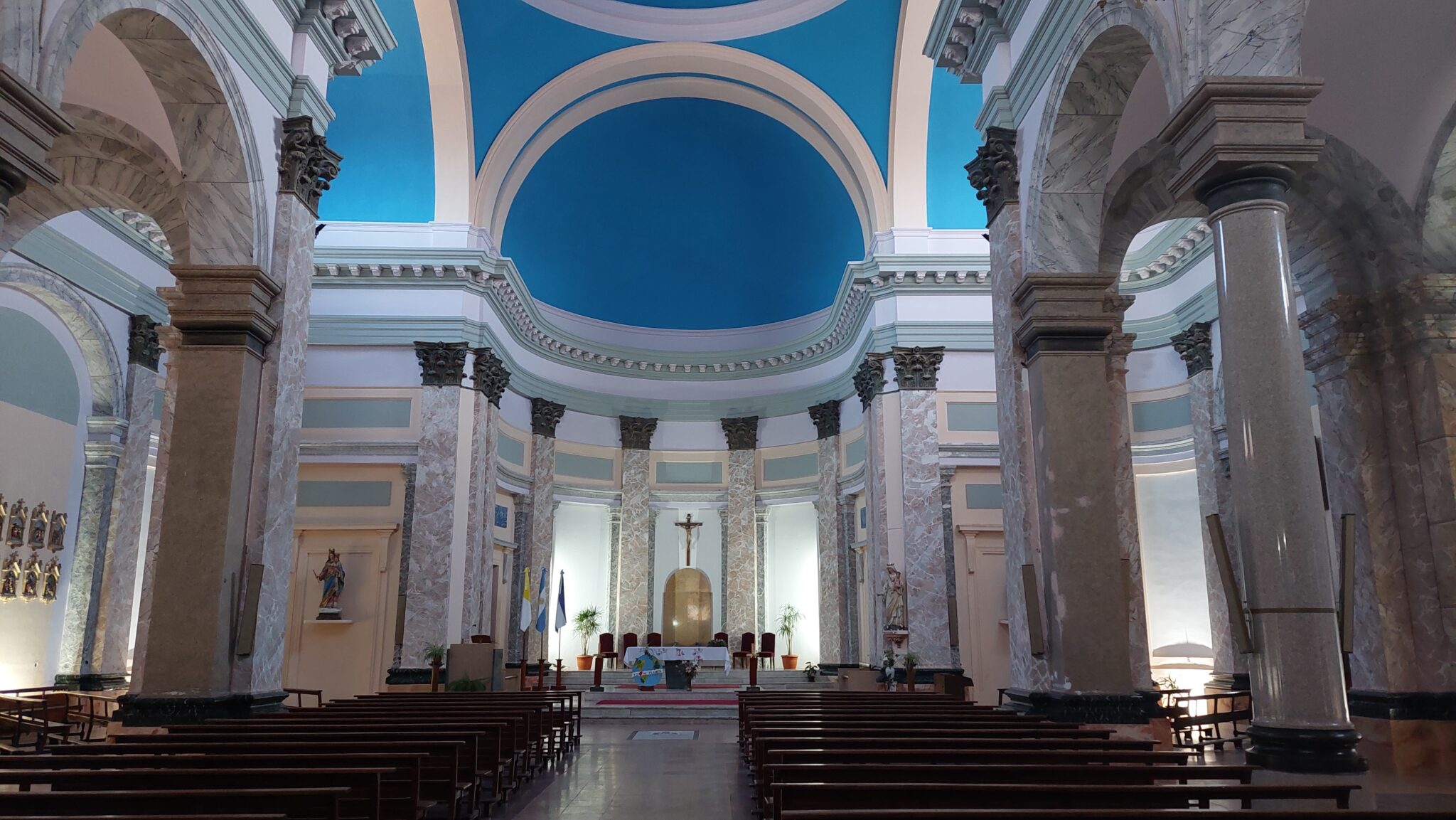 In 1899, a flood destroyed much of the city, which explains the scarcity of historic buildings. However, the so-called Historic Block preserves the Cathedral and the Salesian School, spaces that hold the memory of Ceferino Namuncurá and Artemides Zatti, a Salesian recognized as “the holy nurse of Patagonia,” whose remains rest in the Don Bosco parish. This ensemble constitutes a landmark of regional faith and a spiritual point of reference.
In 1899, a flood destroyed much of the city, which explains the scarcity of historic buildings. However, the so-called Historic Block preserves the Cathedral and the Salesian School, spaces that hold the memory of Ceferino Namuncurá and Artemides Zatti, a Salesian recognized as “the holy nurse of Patagonia,” whose remains rest in the Don Bosco parish. This ensemble constitutes a landmark of regional faith and a spiritual point of reference.
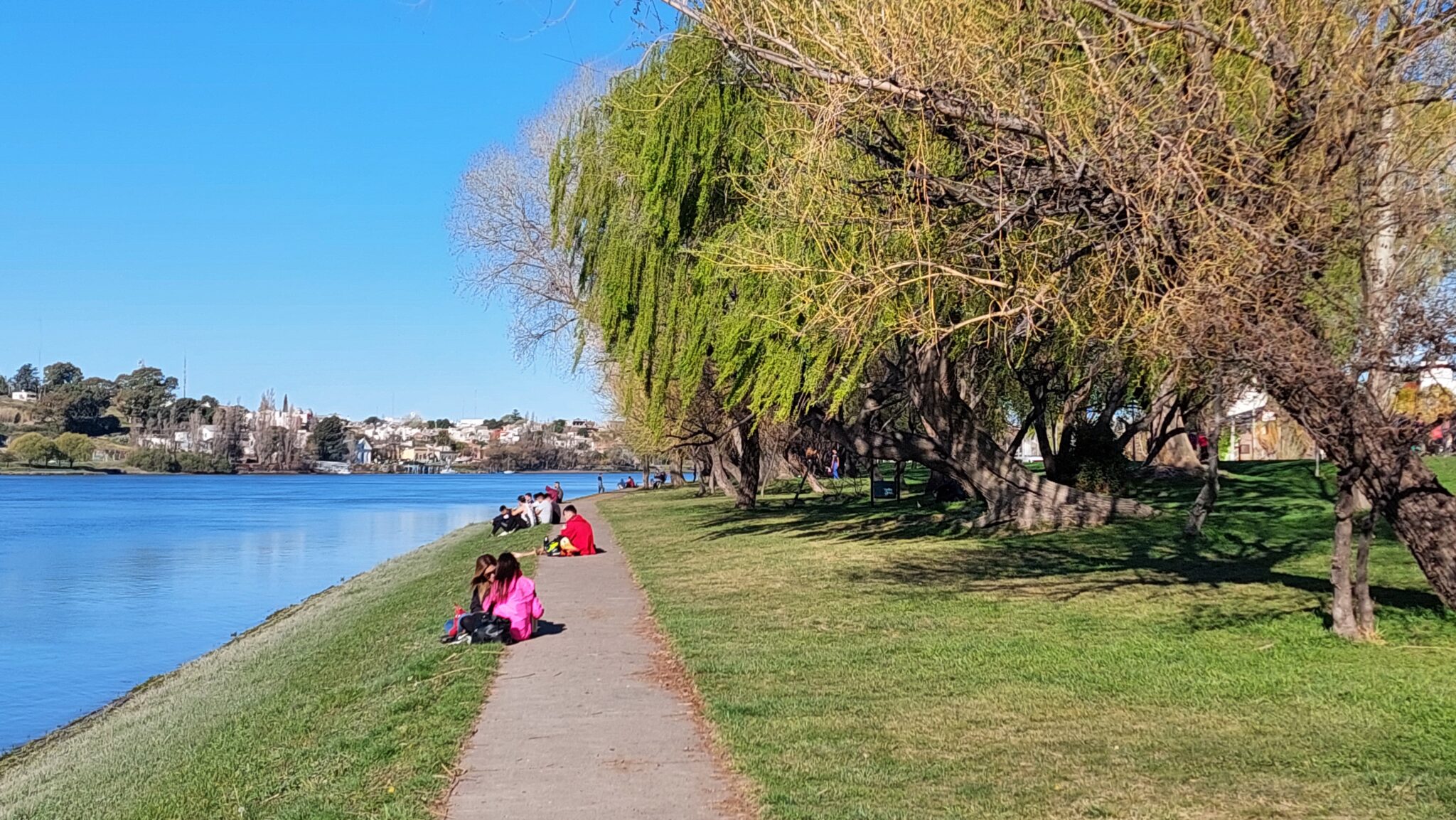 In 1983, Viedma was at the center of an ambitious political project: President Raúl Alfonsín proposed relocating Argentina’s federal capital there. Although the initiative did not succeed, it left testimony of the comarca’s strategic and symbolic relevance.
In 1983, Viedma was at the center of an ambitious political project: President Raúl Alfonsín proposed relocating Argentina’s federal capital there. Although the initiative did not succeed, it left testimony of the comarca’s strategic and symbolic relevance.
Productive valleys and local flavors
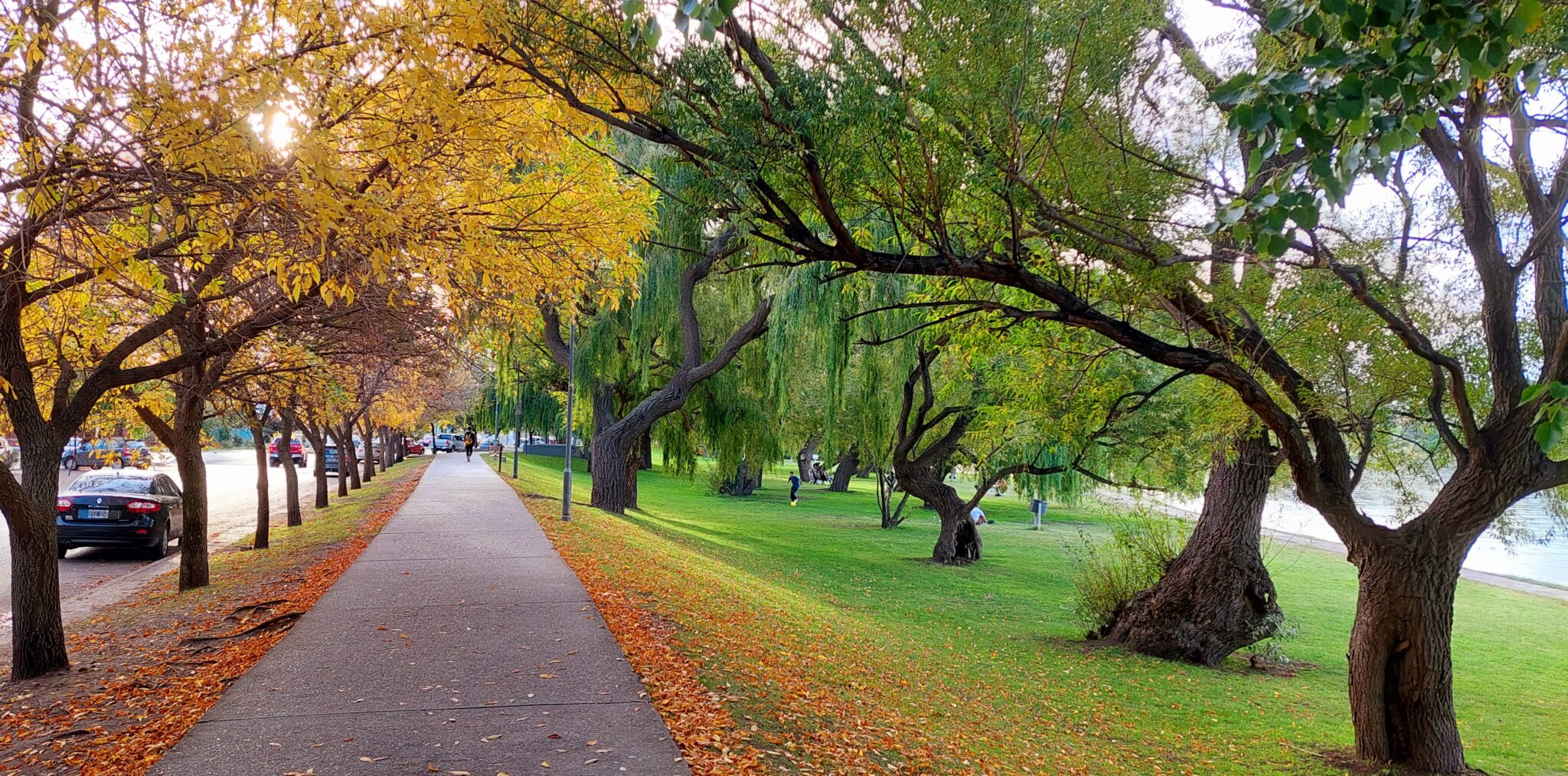 Just a few kilometers from the city stretches the Lower Valley of the Negro River, with more than 80,000 hectares under cultivation driven by IDEVI (Institute for the Development of the Lower Valley). This fertile land produces onions, potatoes, apples, pears, hazelnuts, almonds, and walnuts.
Just a few kilometers from the city stretches the Lower Valley of the Negro River, with more than 80,000 hectares under cultivation driven by IDEVI (Institute for the Development of the Lower Valley). This fertile land produces onions, potatoes, apples, pears, hazelnuts, almonds, and walnuts.
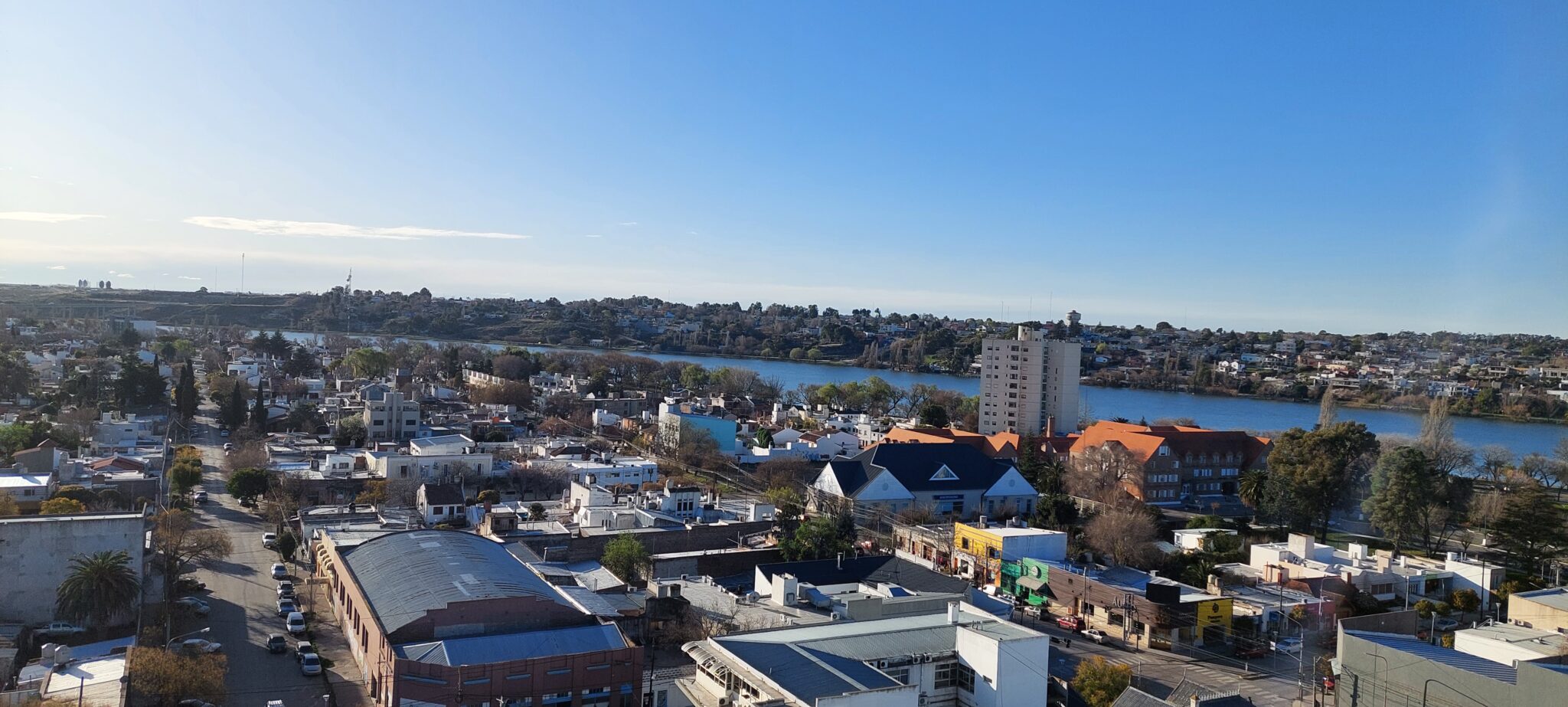 The boom in nuts gave rise to the Provincial Nut Festival, held every September. Also in this valley, wines are produced that express the character of the region, with varietals such as Malbec and Pinot Noir.
The boom in nuts gave rise to the Provincial Nut Festival, held every September. Also in this valley, wines are produced that express the character of the region, with varietals such as Malbec and Pinot Noir.
From the river to the sea
The landscape of Viedma is completed in its transition to the Atlantic. Along the coast, beaches of diverse profiles follow one another: El Cóndor, Playa Bonita, El Espigón, La Lobería, Bahía Rosas, and Bahía Creek. Each reflects a different facet of an environment that combines river, sea, and valley into a unique synthesis of northern Patagonia.
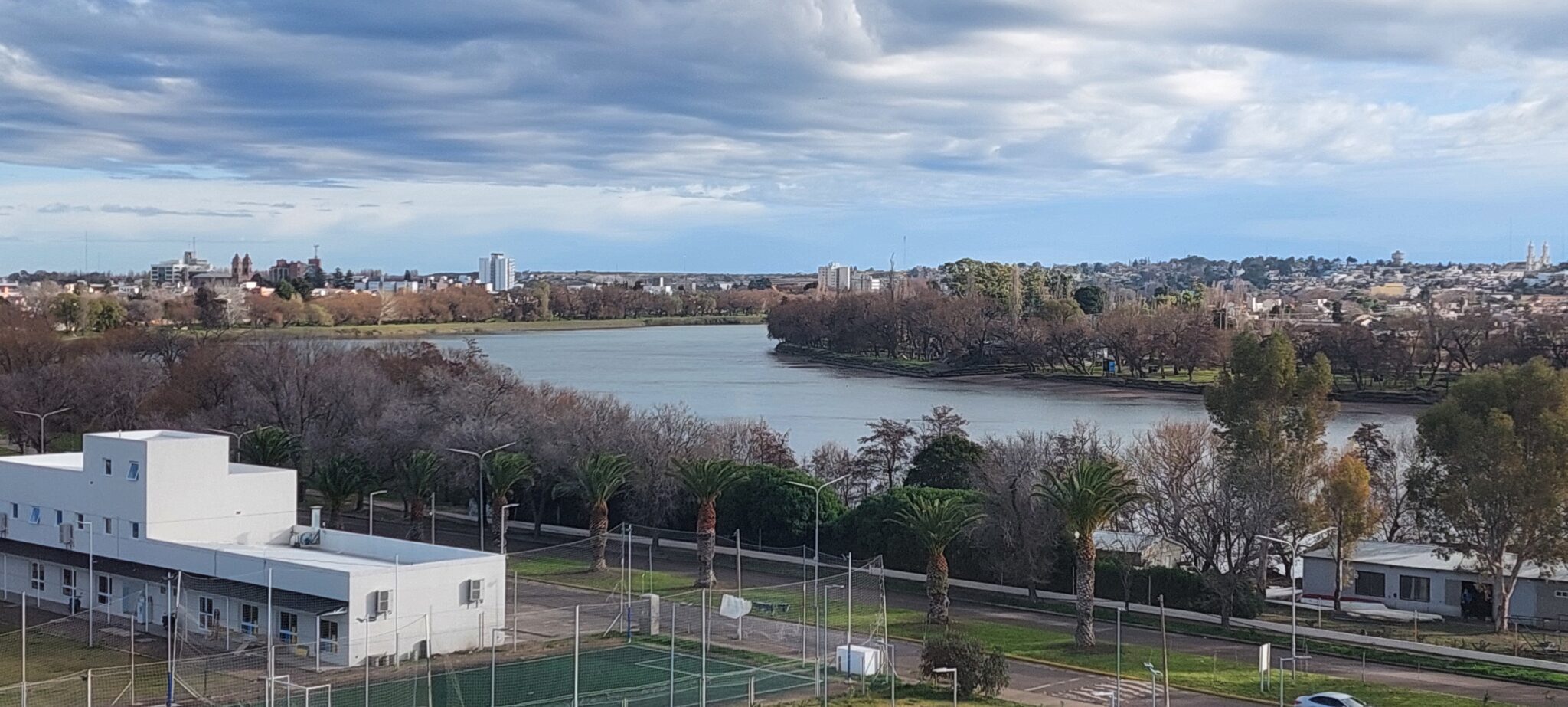
© Sergio Pappatico
